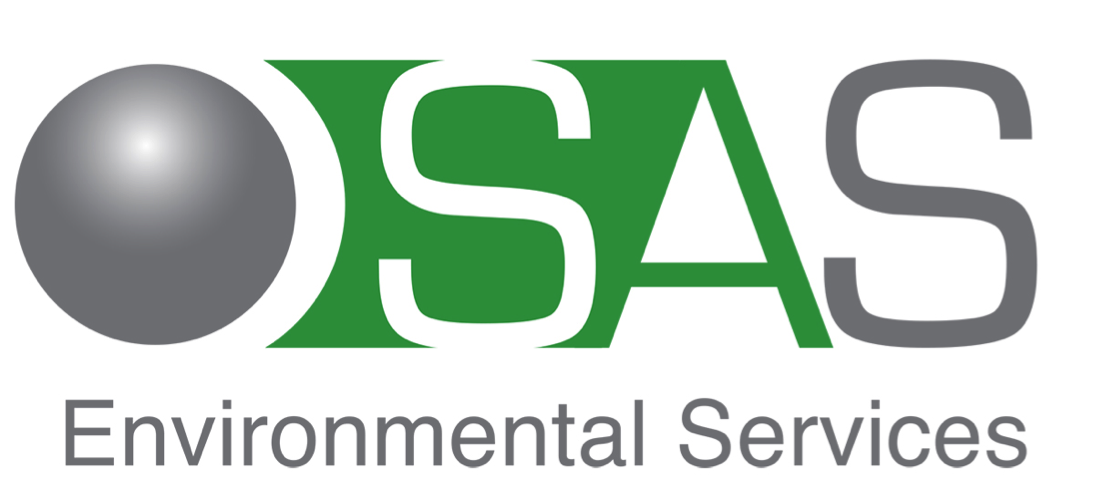How Microemulsions Can Solve Your Decommissioning Problems
/Decommissioning is undoubtedly a major operational and environmental challenge for operators in the North Sea and other geographic locations. Following some highly publicised decommissioning projects there is pressure on operators and their service partners to adopt the best available technology and the best environmental option wherever possible, to ensure operations are carried out in a safe and environmentally sound manner.
One of the major environmental concerns is how best to clean out heavily contaminated storage tanks in order to reduce the risk of environmental contamination during the dismantling process. There is also pressure on operators to carry out as much remediation work as possible offshore. This is so that the removal and disposal of the waste streams can be carried out on site rather than risk the regulatory consequences of transporting this type of waste back to shore. In general, the decommissioning process can be very risky business involving some serious potential hazards and many unknowns.
It is clear the cleaning operations are not simple, with structures offering little or no access it makes surveying and pre-assessment difficult, and sometimes impossible. Due to this, it is necessary to find an inventive fluid-based solution for cleaning, rather than one based on engineering alone. This is where SAS-ES come in with our response to the problem... Microemulsion cleaning technology.
Our aqueous-based and water-soluble cleaning product range has been proven in the field and demonstrated as one of the most effective forms of cleaning solution available to the upstream oil and gas sector. It has already been successfully used for wellbore cleanup and surface/solids cleaning applications.
This chemical product range boasts many advantages, being safe to handle with all products classified as readily biodegradable and non-hazardous for transport. The waste produced from this cleaning operation can also be minimised on site and treated in a straightforward manner in order to produce clean solids recovered, clean water for disposal and recovered organic phases for recycling/reuse.
Typically, hazardous oil contaminated waste volumes have been reduced by 70-100% through the implementation of this technology. We'll take that as a success!
Learn more about microemulsions by having a look at our other blog posts on the topic!


